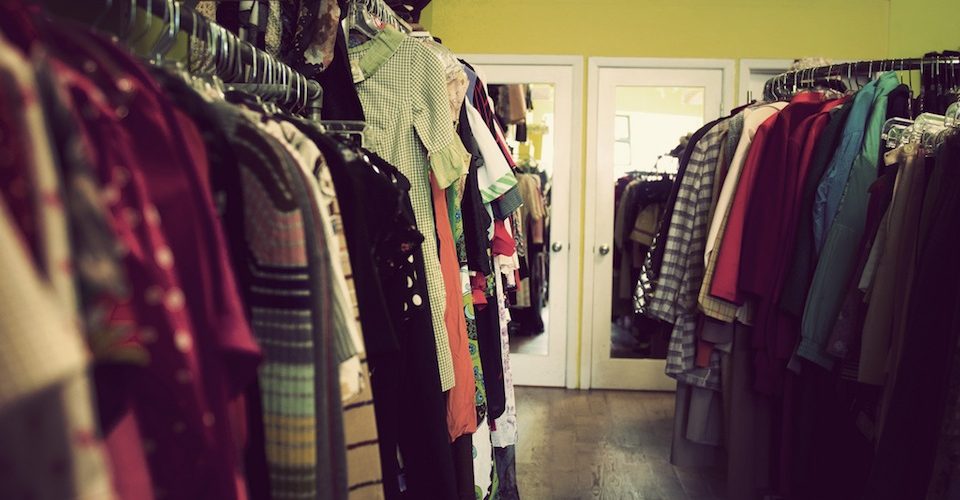For the most part we live in an age of “use it and toss it.” I lived this reality recently when I needed one rechargeable battery for the three-phone set in my home. I went to four stores and was running out of possibilities. No one had a replacement battery even though all carried that brand of phone. Only one said that they could try to order a battery. They quoted a spectacularly high price.
For the most part we live in an age of “use it and toss it.” I lived this reality recently when I needed one rechargeable battery for the three-phone set in my home. I went to four stores and was running out of possibilities. No one had a replacement battery even though all carried that brand of phone. Only one said that they could try to order a battery. They quoted a spectacularly high price.
At my last stop the clerk offered a set of four phones with batteries in each on sale for roughly the cost of the one battery that might come in three weeks. Not being a patient person and having already used a lot of gas and time I bought the new phones and now use three of the phones so that next time I can cannibalize the battery from the idle fourth. Needless to say the batteries in the old phones won’t work in the new ones.
I took this adventure to be emblematic of the 21st century global economy. When everything is made on the other side of the planet even the simplest repair seems beyond the capacity of the system. It is little wonder that we yearn for an earlier, less cluttered and wasteful age where you know who made what and people can fix things.
One emerging outcome of that yearning is the local foods movement. Another is sharing as described in the new issue of A\J. A third, one we do not always connect with these trends, is vintage (formerly second hand) goods. Vintage goods are really just another form of sharing. Rather than sharing for hours or days, vintage goods are used, sold, used again and maybe then sold again. Having been made in an earlier age they are often more durable because they were once made to be durable, and repairable. I still use my mother’s 50+ year old Electrolux vacuum and I know two places where I can still get parts for it. It has better suction than the newer one I once had.
Vintage goods are becoming big business – or at least more and more small businesses everywhere. There are 39 stores participating in Toronto’s Vintage Crawl this year (on April 17 – check it out!), including the venerable Courage My Love (14 Kensington Ave.) and at least a dozen on Queen Street West alone. I also cannot resist a plug for my son’s store Ransack the Universe (1207 Bloor Street West near Landsdowne). The Vintage Crawl annual event emphasizes clothing, but many of these stores also carry all manner of things including vinyl records and the equipment to play them, furniture, jewelry, housewares and indeed anything made to last.
These stores add to the existing array of thrift stores, garage sales, antique stores, pawn shops, Habitat for Humanity’s re-sale of building materials, second hand bookstores and auctions. And then there are eBay and, of course, Kijiji. One measure of the rising interest in vintage goods is an array of related television shows: American Pickers and the now in re-runs Canadian Pickers; Antiques Roadshow; as well as shows on restoring old machinery, auctions and even several with colorful characters bidding on abandoned storage units. Junk Raiders covered re-purposed goods, and they are all over the internet. Old stuff is now hot or cool or whatever it is.
All of this is as green as renewable energy or local, organic veggies because the environmental cost of producing these goods has already been paid the first time around. As well, vintage goods are (usually) not being shipped around the planet, nor are new raw materials being extracted and refined to produce them.
The same argument applies as for sharing: when we pass things on to neighbors, friends or someone who reuses it or resells it the environmental price (sometimes called embedded energy or materials) of making things is paid less often.
There is also now an emerging twist on all this. Since the 2009 recession, resource prices have increased faster than global economic output, and the increased energy and materials costs have pushed some big corporations, including Ricoh, Michelin and Renault, to pretty fundamentally reconsider global production chains and the accompanying ‘age of no repairs.’
For example, the influential global management consulting firm McKenzie & Company recently produced an extensive report, which speaks of a restructured industrial system where products are regenerative by design. In management speak they discuss a new circular economy, optimizing products for multiple cycles of disassembly and reuse and replacing consumers with users (wherein the manufacturer is responsible for refurbishing whatever it produces). The latter also sounds a lot like sharing to me.
Who knows, maybe someday I will be able to buy replacement batteries for my phone. If not, I can always get an old rotary dial model at a local vintage store.
Robert Paehlke is a professor emeritus at Trent University where he taught environmental policy and politics for 35 years. About 40 years ago, he envisioned a magazine that was both scientifically sound and journalistically interesting, and Alternatives was born. “Bob P,” as we call him, sits on the magazine’s editorial board and he contributes articles and blog posts as often as we can trick him into it.
He is the author of Environmentalism and the Future of Progressive Politics (1989), Democracy’s Dilemma: Environment, Social Equity and the Global Economy (2004), Some Like It Cold: The Politics of Climate Change in Canada (2008) and Hegemony and Global Citizenship (2014).













